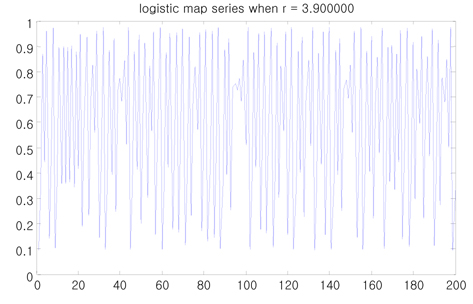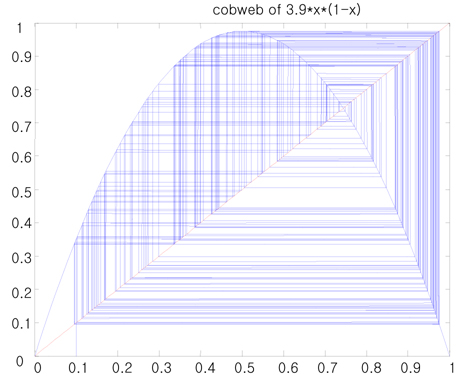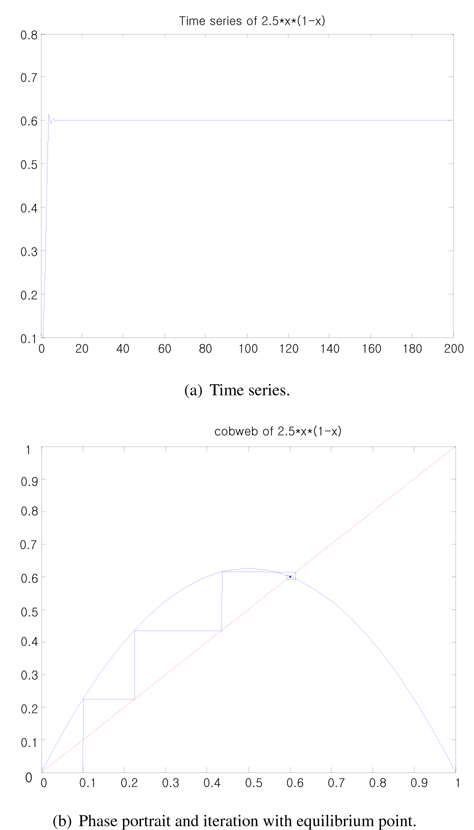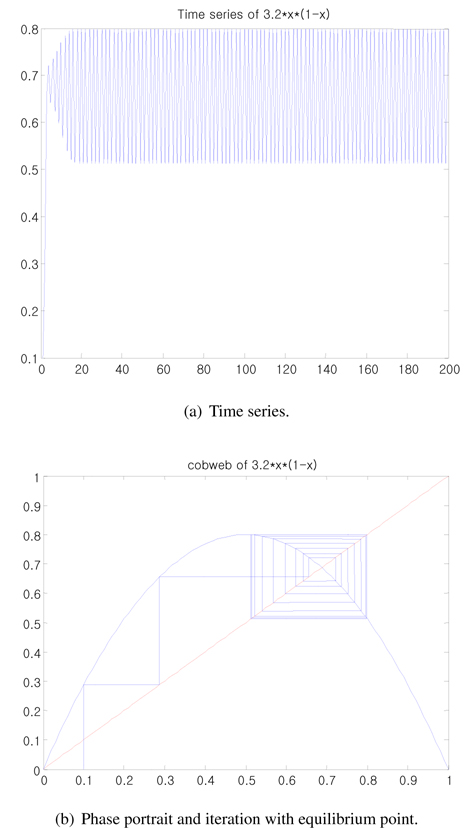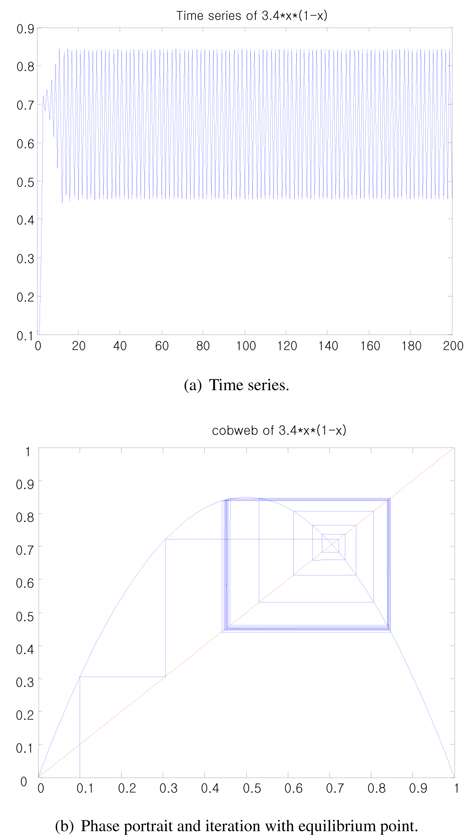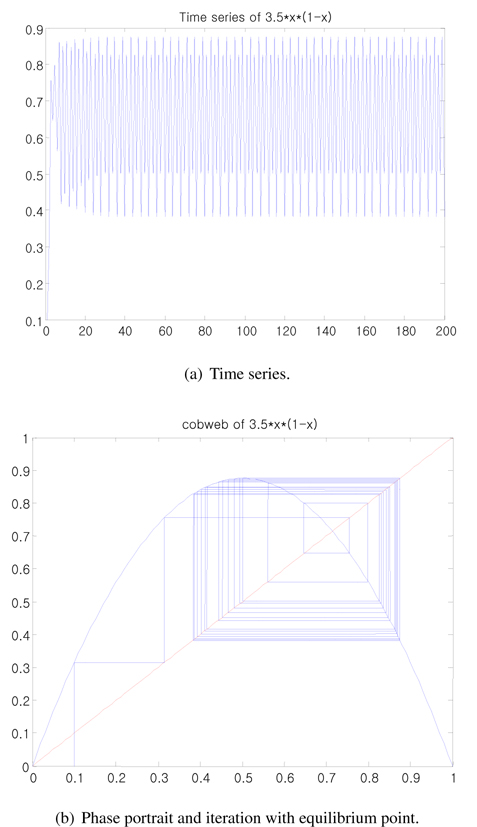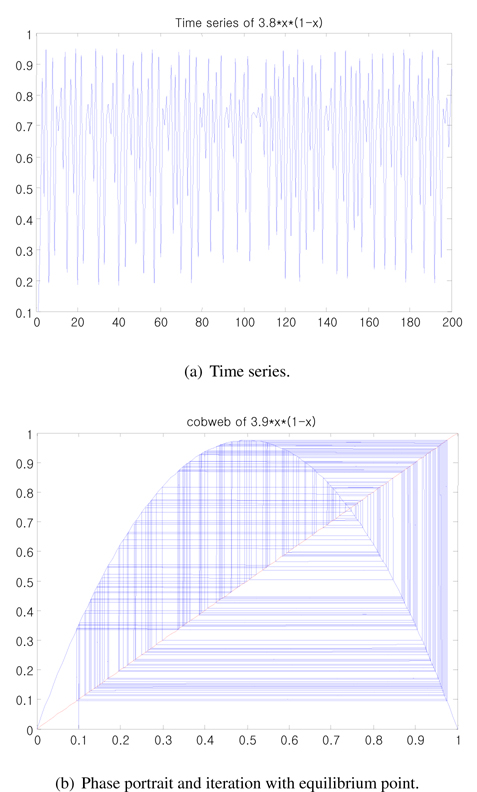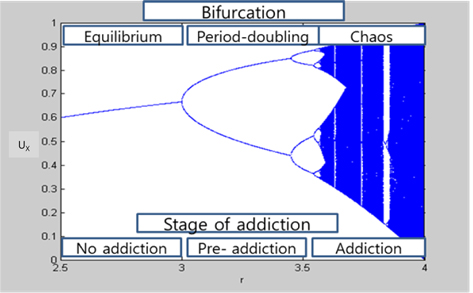



Nonlinear dynamics, including chaotic dynamics, have been widely used in real-world applications such as biological systems [1], brain modeling [2], weather modeling [3], vibration modeling [4], mechanical and electrical engineering [5, 6], control and synchronization [7, 8], robotics [9, 10], and more [11–15]. Chaotic dynamics have also been studied by many researchers in the fields of biology, physics, and engineering. However, this research is not limited to the field of natural science only, but is now spreading to the social sciences such as politics, seconomics, and others, including the prediction of social societal events.
The concept of leisure has developed from a passive concept correlated with relaxation, entertainment, and ideology formation into a positive concept that assumes a more active role. As a consequence, attaining health and happiness has become an important aspect of life. This, in turn, has caused selectivity, flexibility, spontaneity, and self-decision to become essential elements for humanity to pursuite. Leisure can be divided into two main types: indoor and outdoor. Outdoor leisure includes activities such as running, hunting, and climbing. Recently, however, cyber or digital leisure, in which digital devices are used, has been established as one of the most popular leisure activities.
As information and communications technology develops, digital leisure activity is expected to continue spreading. This expansion of digital leisure can function correctly but also incorrectly. Traditional leisure activity functions correctly more often, whereas digital leisure activity is predicted to function incorrectly more often. In some developed countries, governments implement policies regarding leisure activity that includes protection from addiction to digital leisure, but in the Republic of Korea, the government assumes a passive role in establishing proper policies related to the measurement of leisure, despite its importance. Consequently, relevant government organizations should propose policies for preventing addiction to digital leisure.
Metin and Sengor [16] proposed a mathematical model nicotine addiction. However, a model for digital leisure has yet to be derived.
In this paper, we propose a mathematical addiction model of digital leisure that deals with dysfunctions such as addiction to digital leisure, including computer games, internet search, internet chatting, social media, and the like. As a step toward developing treatment for addiction to digital leisure,we propose a model for it derived from the nicotine addiction model [16]. Based on this derivation, we also propose a similarity between addiction to digital leisure and a route to chaos.
Chaotic dynamics is defined as “an irregular oscillation governed by a relatively simple rule.” In this paper, we consider the logistic map that was popularized by May [3] in 1976 to calculate population growth. The function of the logistic map is given by Eq. (1).
From Eq. (1), we get a time series that appears to be a random signal, as shown in Figure 1.
We also obtain a phase portrait and iteration from Figure 1, as shown in Figure 2.
3. Modeling of Addiction to Digital Leisure
In this section, we establish a model of addiction to digital leisure, particularly addiction to games and the use of digital devices. Many neuroscientists have found that addiction involves an interaction between the limbic and cortical systems. Generally, all types of addiction such as nicotine addiction are known to result from a malfunction of the reward mechanism in the brain. Thus, if someone is addicted to a substance, he or she craves that substance fanatically. For example, someone who is a nicotine-addict must obtain more nicotine continuously to satisfy the malfunctioning reward mechanism.
To construct a mathematical model for new addictions such as addiction to games and the usage of digital devices, we used the nicotine addiction Eq. (2) [16].
where
where, ni, ri, and
From Eq. (2), the model of nicotine addiction, we can derive a model of addiction to digital leisure. To do this, we assume that the first and second terms of the right-hand side of Eq. (1) and the first and second terms of the right-hand side of Eq. (2), respectively, are equivalent.
Both Eqs. (1) and (2) are second-order systems, except for the sigmoid function in Eq. (2); therefore, we can write Eqs. (4) and (5).
Because the orders of Eqs. (1) and (2) are the same except for the sigmoid function in Eq. (2),wecanuseEq. (1) instead of Eq. (2) as the addiction model of digital leisure.
Finally, we rewrite Eq. (1) as Eq. (6).
Now, we will review the situation of addiction to digital leisure with variation in the parameter
3.1 Equilibrium Point (No Addiction Stage)
When
From Eq. (6), we get a graph to represent an equilibrium point with varying
Typically, people begin using digital devices such as games and smart phones for their hobbies, simple curiosity, and/or work. This case seems to be displayed at the equilibrium point shown in the graph, because people who begin dealing with digital devices tend to lack familiarity with them. Consequently, those people will readily return to the previous state of not using the device. Thus, people who use a device out of simple curiosity or for a hobby are unlikely to reach the addiction stage.
3.2 Period-Doubling (Pre-Addiction Stage)
When a increases, with
When a has values in the ranges 3.2 <
The period-doubling case of Eq. (6) shows a pre-addiction stage. As people pay more attention to using digital devices, we may predict that the length of time they use those devices increases steadily. Because use is easier for people accustomed to digital devices as compared to beginners, they can focus more on using digital devices without having to deal with any discomfort from using them. However, if those people increase the time they use games or digital devices continuously, the 1-periodic pattern changes to 2- period and 4- period patterns. We call this pre-addiction stage in digital device usage periodic doubling, as in chaos dynamics.
3.3 Quasi-Period and Chaos (Addiction Stage)
If we increase a to
If the users of digital devices increase their usage time, periodic doubling occurs as a consequence of our digital device model, and the periodic pattern changes suddenly from periodic to chaotic. In our view, this represents addiction to games or digital devices, similar to a chaotic situation in chaotic dynamics.
3.4 Bifurcation Diagram (Whole Stage)
Using Eq. (6),we get no-addiction, pre-addiction, andaddiction stages, corresponding to an equilibrium point, periodic doubling, and chaos, respectively, in Eq. (1).
Figure 8 shows a comparison between bifurcation diagrams and the addiction stage obtained from Eqs. (1) and (6),respectively. From the figure, we know that addiction to digital leisure occurs sequentially: no addiction, pre-addiction, and then addiction.
We proposed a model of addiction to digital leisure such as the use of digital devices, including smart phones, game, and personal computers. To derive a mathematical model for addiction to digital leisure, we introduced a nicotine addiction model. Then, we substituted the nicotine addiction model into the logistic model. Finally, we subjected the logistic model to simulatione by varying the parameter
No potential conflict of interest relevant to this article was reported.

